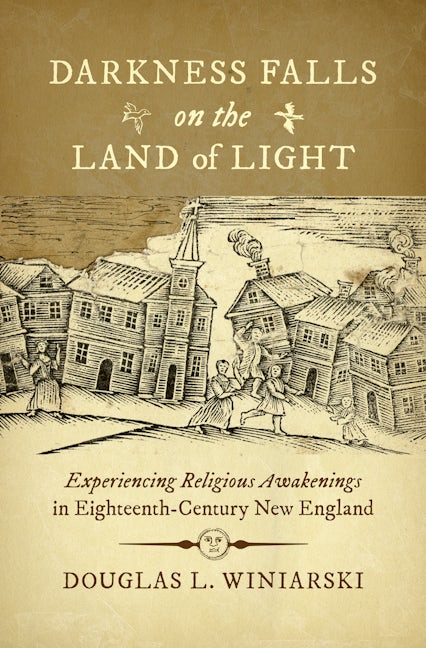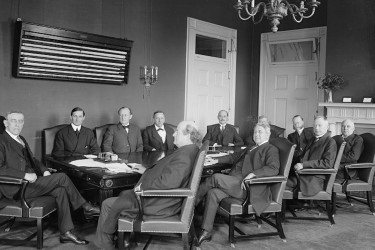Hannah and John Corey had not always condemned New England’s Congregational establishment. They would have submitted relations nearly identical to those of the Holbrooks when they joined the Sturbridge church three years earlier. There was little to distinguish them from Moses and Ruth Holbrook in terms of wealth, social status, or family background. Both couples hailed from aspiring yeoman clans and had migrated to the new settlements of Worcester County in search of inexpensive land. Like most of their Sturbridge neighbors, they lived in modest one-room houses furnished with a limited range of material goods. Diaries compiled by another Sturbridge resident who affiliated with Rice’s church a decade later reveal an insular mental world shaped by the seasonal rhythms of the environment, the annual round of agricultural labor, the family life-course, and, only occasionally, local or regional politics. Born during the second decade of the eighteenth century, the Coreys and Holbrooks came of age, married, and started families during an intensive period of religious renewal and conflict, and both appear to have embraced the “pourful preaching” innovations that marked an era that later historians have called the Great Awakening in New England or, on a wider scale, the Protestant Evangelical Awakening.’°
How did it come to pass that two families of roughly equal social status, vvho settled in the same town and once worshipped side by side in the same meetinghouse, came to view New England’s dominant, established religious institution as a place of both gospel light and Egyptian darkness? Although they shared a worldview derived from their Reformed theological heritage, the Holbrooks and Coreys by 1750 were unwilling to sit together in the same building. They no longer spoke in a common religious idiom. The narratives they composed to support their respective decisions to affiliate and separate from the Sturbridge church disclosed a startling breach in what had once been an orderly, broadly inclusive religious culture.
The breakdown of New England Congregationalism and the rise of American evangelicalism during the eighteenth century is not a story of resurgent puritan piety but a tale of insurgent religious radicalism. The “New England War —the distinctive ecclesiastical system that shaped the Congregational tradition during the century following the puritan Great Migration of the 1630s—did not collapse under the weight of secularizing impulses, as Perry Miller and an earlier generation of social historians assumed. Nor was it plagued by the moribund formalism often denigrated by scholars of early evangelicalism.” Instead, a vibrant Congregational establishment was buried under an avalanche of innovative and incendiary religious beliefs and practices during the middle decades of the eighteenth century. Acrimonious theological debate and sectarian schism had roiled the New England colonies a century earlier; and the region had witnessed previous “stirs,” “harvests,” and “awakenings.”‘ But the surging religious fervor that engulfed New England in the wake of George Whitefield’s 1740 preaching tour was unlike anything anyone had ever seen. It marked a dramatic break with the past. The primary agents inciting change were, not prominent ministers and theologians such as Jonathan Edwards, but unassuming men and women like Hannah and John Corey, whose burgeoning fascination with the drama of conversion and the charismatic gifts of the Holy Spirit drove them out of the churches of the Congregational standing order.









